Brussels: area by area: The Upper Town – Place du Petit Sablon



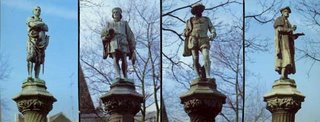





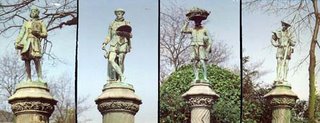

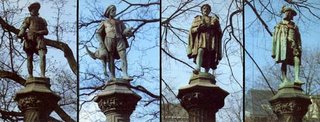
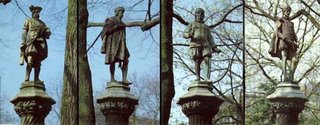
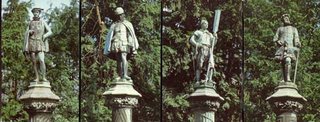
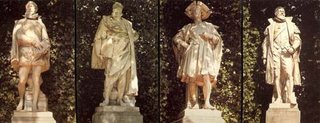
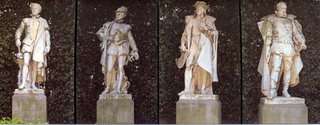
The Sablon is one of the most prestigious and attractive areas in Brussels. In recent years it has become the centre of the antiques shops and art galleries.
The name of this area refers to the time when it was still situated outside of the city walls of the 12th century. It was originally a sandy road along which people had access to the city gates. Because of frequent use this road had become hollow and on both sides a yellowish earth layer could be seen. This type of sandy clay was called "zavel" in Dutch and "sablon" in French. In the 14th century a small chapel in the sablon area was transformed into an important pilgrimage site where a miraculous statue of Our Lady was venerated.
Very soon the area became more populated and was enclosed within the 14th century city walls. Around 1450 the little chapel had been transformed into a beautiful gothic church, the Sablon church or church of Our Lady of the Victories. In the following centuries more and more noble men settled in the area because it was close to the duke's palace.
A big change occurred in the second half of the 19th century. The Sablon was divided into two parts by the construction of the Regentschapstraat/Rue de la Régence. During this period the church was renovated in neo-gothic style and the houses that had been attached to it were demolished. On the eastern side of the church a new park was laid out, called "De kleine zavel/Le petit Sablon".
This park is still surrounded by 48 little statues representing the medieval guilds of Brussels. In the centre is the statue of the counts of Egmont and Hoorne who were executed at the Market Place by order of Philip II of Spain in 1568.


2 Comments:
Looks nice! Awesome content. Good job guys.
»
I'm impressed with your site, very nice graphics!
»
Post a Comment
<< Home